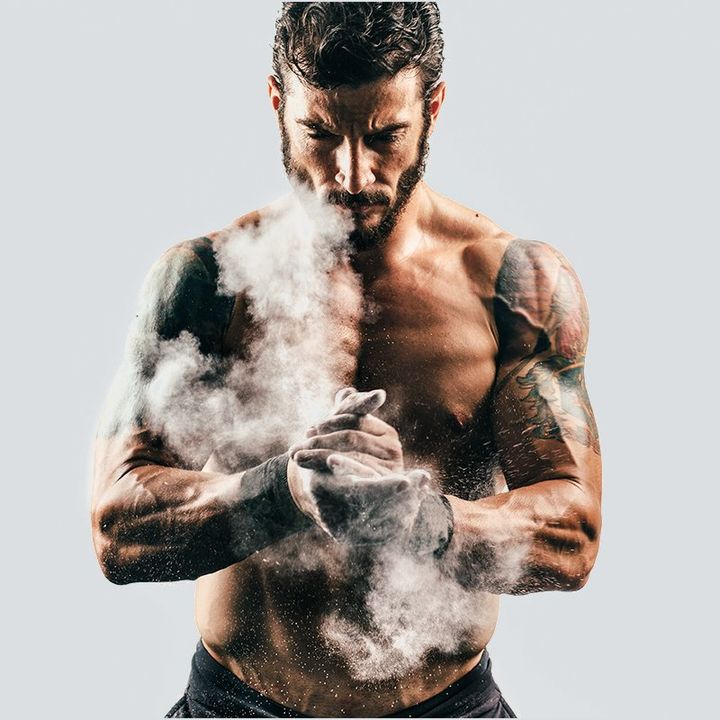PHOTOBIOMODULATION
Photobiomodulation therapy, also known as Red Light Therapy is the use of clinically-determined wavelengths of red and near-infrared light to stimulate, heal, increase circulation, regenerate damaged tissue and the synthesis of cellular energy.
HOW IT WORKS
Red light therapy is used to treat injuries, reduce pain, relax muscles/joints, and increase blood circulation. It is also used by athletes to improve performance and reduce injuries. It is a highly effective non-invasive treatment with no known side effects used by experts in the medical world.
The key to achieving results with red light therapy is accurate dosage, this is a combination of wavelength and exposure time. Different wavelengths are more readily absorbed by different tissues in the body, so it’s important to select the wavelength that is appropriate for an individual’s concerns and goals.
When the correct dosage is achieved, photobiomodulation therapy has a positive impact on a person’s overall health and wellness.
Benefits
- Relief of pain and stiffness associated with arthritis
- Improved muscle performance
- Redevelopment of muscles
- Restoration of mobility
- Relaxation of muscles and relief from muscle spasms
- Relief from joint aches and stiffness
- Increase in blood circulation

RESULTS
Photobiomodulation can be used to manage a variety of conditions, such as:
- Arthritis
- Nerve pain and nerve regeneration
- Tendinopathies
- Soft tissue healing
- Enhance Well Being
- Improved skin appearance and elasticity
- Improved muscle performance and recovery
FAQs
*Light Recovery Pod Precautions: You should not use the Light Recovery Pod if you are light sensitive, taking medications that make you sensitive to light, pregnant, have had an organ transplant, or currently have an active cancer.

